Explore the key digital marketing strategies for 2025 that will help businesses stay competitive in an increasingly digital world.
As businesses gear up for 2025, the digital marketing landscape is evolving rapidly, offering new opportunities to reach business goals and connect with audiences like never before. Marketing teams need to adapt and innovate, leveraging cutting-edge digital marketing channels to align with their marketing goals and objectives.
In this ever-changing environment, staying ahead requires more than just keeping up with trends. It demands a strategic approach that integrates creativity, technology, and data-driven insights. Successful businesses will focus on crafting marketing strategies that align seamlessly with broader business objectives, ensuring every campaign drives measurable results.
This blog explores the top digital marketing strategies for 2025, offering insights into how businesses can optimize their efforts, engage their audiences, and achieve their marketing goals in the dynamic digital space.
Digital Marketing Strategies to Implement in 2025
Strategy 01 – Invest in Social Commerce

Social media platforms have evolved beyond their original purpose of connecting people; they are now powerful commerce hubs. Social commerce represents a significant shift in how businesses sell products, enabling seamless shopping experiences directly within social media platforms. Social commerce will be one of the most prominent digital marketing strategies for 2025.
Social commerce involves buying and selling goods or services directly within a social media platform. Social commerce allows people to complete the entire purchasing process, from discovery to checkout, within the same app. With this facility, users don’t have to leave their social media platforms.
According to Accenture, social commerce is on a trajectory to nearly triple by 2025. Globally, the market is expected to grow at a compound annual growth rate (CAGR) of 26%. That means $1.2 trillion by the same year. Key product categories driving this growth include apparel, consumer electronics, and home decor.
Leading social media platforms now offer robust tools and features to support social commerce. These include:
- Facebook and Instagram: These platforms allow businesses to create digital storefronts with Shops. Users can browse and purchase products without leaving the app.
- Pinterest: With features like Product Pins, Pinterest facilitates product discovery and purchases.
- TikTok: TikTok Shopping enables brands to sell directly to users through videos, live streams, and in-app catalogs.
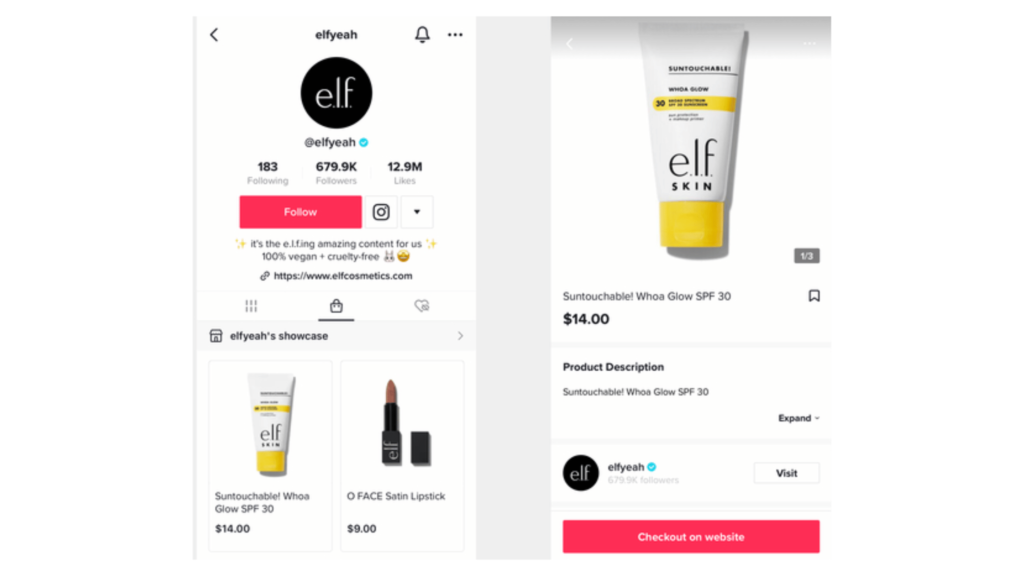
Using these tools, businesses can showcase their products, engage with their target market, and drive conversions. Investing in social commerce in 2025 is not just an option. It’s a must for businesses looking to stay competitive in the digital landscape.
Strategy 02: Focus more on Voice Search Optimization
Voice search optimization (VSO) means improving website content. This helps it rank higher in search results. Users ask questions using voice commands on smartphones or smart speakers. It is going to be one of the most effective digital marketing strategies for 2025.
As generative AI powers smart devices, optimizing for voice searches like Siri is now necessary for marketers. With the increasing use of smart speakers and voice assistants, optimizing content for voice search will be crucial.
Amazon’s Alexa, Google Assistant, and Apple’s Siri are the top players in the voice search ecosystem. Artificial intelligence and machine learning are making voice recognition more brilliant and personal.
Voice search is becoming more attractive to older generations, who are slower to adopt new technologies. Voice search is likely to overtake text-based search by 2025. So, businesses must adapt their digital marketing and SEO strategies to stay competitive.
Key Strategies for Voice Search Optimization
Conversational Keywords: Use natural language keywords and phrases that match spoken queries. Keywords should be long-tail and question-based, reflecting how people speak rather than type.
Focus on Local SEO: Many voice searches are location-specific, so businesses should optimize for local search terms.
Create FAQ Content: Develop content that answers common questions directly, aligning with how users phrase voice searches.
Voice search optimization is a critical component of digital marketing strategies in 2025. This adaptation ensures they remain visible and relevant in an increasingly AI-driven landscape.
Strategy 03: Content Creation Facilitated by Artificial Intelligence
The role of artificial intelligence (AI) in content creation has been transformative. AI has been helping brands to revolutionize how they produce and share content. AI is going to be a great help to showcase product or service in innovative ways.
AI can create text, images, and videos. It helps marketing professionals make high-quality content quickly. This saves time for planning and improving campaigns.
Automated Content Creation:
AI tools can now generate various types of content, including blog posts, social media posts, and creative copy, with excellent speed and quality. These tools use advanced natural language processing (NLP) and machine learning algorithms to produce content that resonates with target audiences. This automation reduces the workload for content creators, enabling them to focus on more value-driven tasks.
Enhanced Creativity:
Rather than replacing human creativity, AI serves as a collaborator. By providing ideas, suggestions, and drafts, AI empowers human creators to experiment and innovate. For example, AI can analyze trending topics, suggest engaging headlines, or create visual elements. It simplifies the creative process and sparks new ideas.
Content creation in 2025 will be a blend of AI-driven efficiency and human creativity. The future lies in collaboration, where AI increases human capabilities and helps creators achieve outstanding levels of innovation.
Strategy 04: Rise of Personalized Loyalty Programs
As we move into 2025, customer loyalty programs are becoming more refined and personalized. Hyper-personalization is now the standard, with AI analyzing vast customer data to deliver unique and customized experiences.
This includes personalized rewards, exclusive offers, and tailored product recommendations that align with individual preferences and behaviors.
Benefits of Personalized Loyalty Programs
Personalized Experiences: Tailored rewards and offers build stronger relationships with customers.
Increased Engagement: Gamification and interactive elements keep customers involved in loyalty programs.
Reduced Churn: Satisfied and loyal customers are more likely to stick with a brand and make repeat purchases.
Valuable Insights: AI-powered analytics provide a sound knowledge of customer preferences and behaviors.
Data-Driven Decisions: Businesses can use this information to refine product development, marketing efforts, and customer service.
Upselling and Cross-Selling: Personalized recommendations encourage additional purchases.
Long-term Value: A well-designed loyalty program increases the overall value of each customer over time.
Positive Perception: A successful loyalty program improves how customers view your brand.
Word-of-Mouth: Satisfied participants are more likely to recommend your business to friends and family.
Leadership: Being an early adopter of innovative loyalty strategies positions your business as an industry leader.
In 2025, personalized loyalty programs are more than just a trend. They are essential to build brand awareness, customer trust, engagement, and long-term value.
Strategy 05: Refined Paid Ads facilitated by AI
As we approach 2025, paid media is experiencing significant changes caused by technological improvements and changing consumer behaviors. To stay competitive and maximize advertising budgets, brands must welcome these changes by refining their paid ad strategies.
AI and machine learning are transforming paid media advertising by facilitating more thoughtful and efficient campaigns. These technologies study data to help advertisers understand customer behavior and forecast which ads will resonate with specific audiences.
One area where AI excels is ad targeting. Advertisers can create highly personalized ads based on user preferences, browsing history, and purchase behaviors. This precision ensures that ads reach the right people at the right time, increasing engagement and conversions.
AI also powers real-time bidding (RTB) in programmatic advertising. With RTB, algorithms decide which ads to display and at what cost, optimizing ad spend and performance. This automated process allows brands to maximize the efficiency of their ad budgets while delivering relevant content to their target audiences.
In 2025, video and interactive ads will take over paid media. They can grab people’s attention and boost engagement rates. Platforms like YouTube, TikTok, and Instagram are leading this trend, delivering dynamic, visually appealing formats that resonate with users.
- Short-Form Videos: Creative storytelling through short-form videos is a go-to strategy for brands looking to stand out in a crowded digital space.
- Interactive Ads: Formats like quizzes, polls, and swipeable content engage users actively, transforming ads into interactive experiences. These formats encourage participation and make ads feel more like conversations than sales pitches.
Nike’s “You’re It” campaign on TikTok is an excellent example of how interactive ads can drive engagement. The campaign encouraged users to create their own content using branded filters. This resulted in massive engagement and increased brand visibility.
Refining Paid ads with the help of AI is one of the most effective digital marketing strategies for 2025. By staying ahead of these trends, brands can maximize their advertising impact and connect with audiences in meaningful ways.
Strategy 06: Social Media Marketing with A Community-Centric Approach
Social media in 2025 will move beyond being just a platform for broadcasting messages. It will become vital for building meaningful connections and fostering two-way conversations between brands and their audiences. Community building will take center stage in social media marketing strategies.
Key Trends in Social Media Marketing for 2025
Niche Communities: Brands will create and nurture small, focused groups around specific interests, demographics, or values, helping to build deeper connections with their audience.
Interactive Content: Polls, quizzes, and challenges will encourage community interaction and engagement.
User-Generated Content (UGC): Encouraging customers to create and share content about the brand can enhance authenticity and loyalty.
Enhanced Storytelling: Storytelling will become a core strategy, allowing brands to connect emotionally with their audience.
Social Listening and Responsiveness: Brands will monitor social media conversations to respond quickly to feedback, address concerns, and engage in real-time with their community.
Why Community Building Matters?
- Increased Brand Loyalty: A community gives customers a sense of belonging, fostering long-term loyalty.
- Positive Brand Reputation: Happy, engaged communities generate positive word-of-mouth and strengthen a brand’s image.
- Deeper Customer Insights: Regular interaction within communities helps brands understand customer preferences, pain points, and needs.
- Improved Customer Lifetime Value: Loyal community members are more likely to return for repeat purchases and recommend the brand to others.
Actions Businesses Can Take to Build Strong Communities:
- Leverage Private Groups: Create exclusive groups on platforms like Facebook or LinkedIn to foster discussions, share content, and offer personalized support.
- Facilitate Engagement: Use polls, quizzes, and challenges to make interactions fun and meaningful for community members.
- Monitor Conversations: Stay active in listening to customer feedback, addressing issues, and showing appreciation for their contributions.
- Create Shared Experiences: Host events, webinars, or live sessions to bring the community together and strengthen bonds.
Social media marketing in 2025 is about fostering relationships, not just selling products. By focusing on community-centric strategies, brands can create loyal followers who are deeply connected to their mission and values. This shift to community-driven marketing ensures long-term success and a more engaged customer base.
Strategy 7: AI-Powered Chatbots and Conversational Marketing
AI-powered chatbots are revolutionizing customer interactions by offering faster and more personalized communication. As these technologies evolve, their role in digital marketing will become even more critical in 2025, providing businesses with a competitive edge.
AI chatbots are no longer limited to basic question-and-answer capabilities. By 2025, they will be able to:
- Understand Nuanced Conversations: With advancements in natural language processing (NLP) and machine learning, chatbots will interpret complex queries, detect sentiment, and respond like humans.
- Provide Personalized Assistance: By using customer data, chatbots can tailor their responses to individual preferences, creating more meaningful interactions.
- Operate in Real Time: AI chatbots provide quick responses, ensuring customers receive help whenever they need it.
Key Use Cases for AI-Powered Chatbots:
24/7 Customer Support:
Chatbots can handle customer inquiries at any time of day, reducing the need for round-the-clock human support. It ensures customers always have access to assistance, improving satisfaction and loyalty.
Lead Generation:
Chatbots can engage with website visitors, qualify leads by asking relevant questions, and pass high-potential prospects to the sales team.
E-Commerce Assistance:
Chatbots can act as virtual shopping assistants, guiding users through product recommendations, answering questions about features or availability, and streamlining the purchase process.
Why Should Businesses Adopt AI-Powered Chatbots?
- Faster response times and personalized interactions improve the customer experience, fostering loyalty and trust.
- Chatbots can instantly respond to multiple users simultaneously, minimizing wait times and ensuring quick resolutions.
- Automating repetitive tasks allows businesses to allocate human resources to more complex or high-value activities, saving time and money.
- Chatbots can easily handle increasing inquiries or interactions as a business grows, ensuring consistent service quality.
- Interactions with chatbots provide valuable insights into customer preferences, pain points, and common queries, which can inform marketing and product development strategies.
By 2025, embracing AI chatbots will be less of an option and more of a necessity for businesses looking to thrive in the age of intelligent, customer-centric marketing.
As we approach 2025, businesses face new challenges in the ever-evolving digital landscape. At DigiFix, we specialize in providing tailored digital marketing strategies that ensure your business stays ahead of the curve. With our expert team, we help you navigate the complexities of digital platforms, from social media marketing to search engine optimization and everything in between.
Whether you’re looking to build a robust online presence or reach new customers, DigiFix’s data-driven approach and innovative solutions will empower your business to thrive in the competitive digital world of 2025. Let us help you succeed in the face of change and grow your brand with confidence.

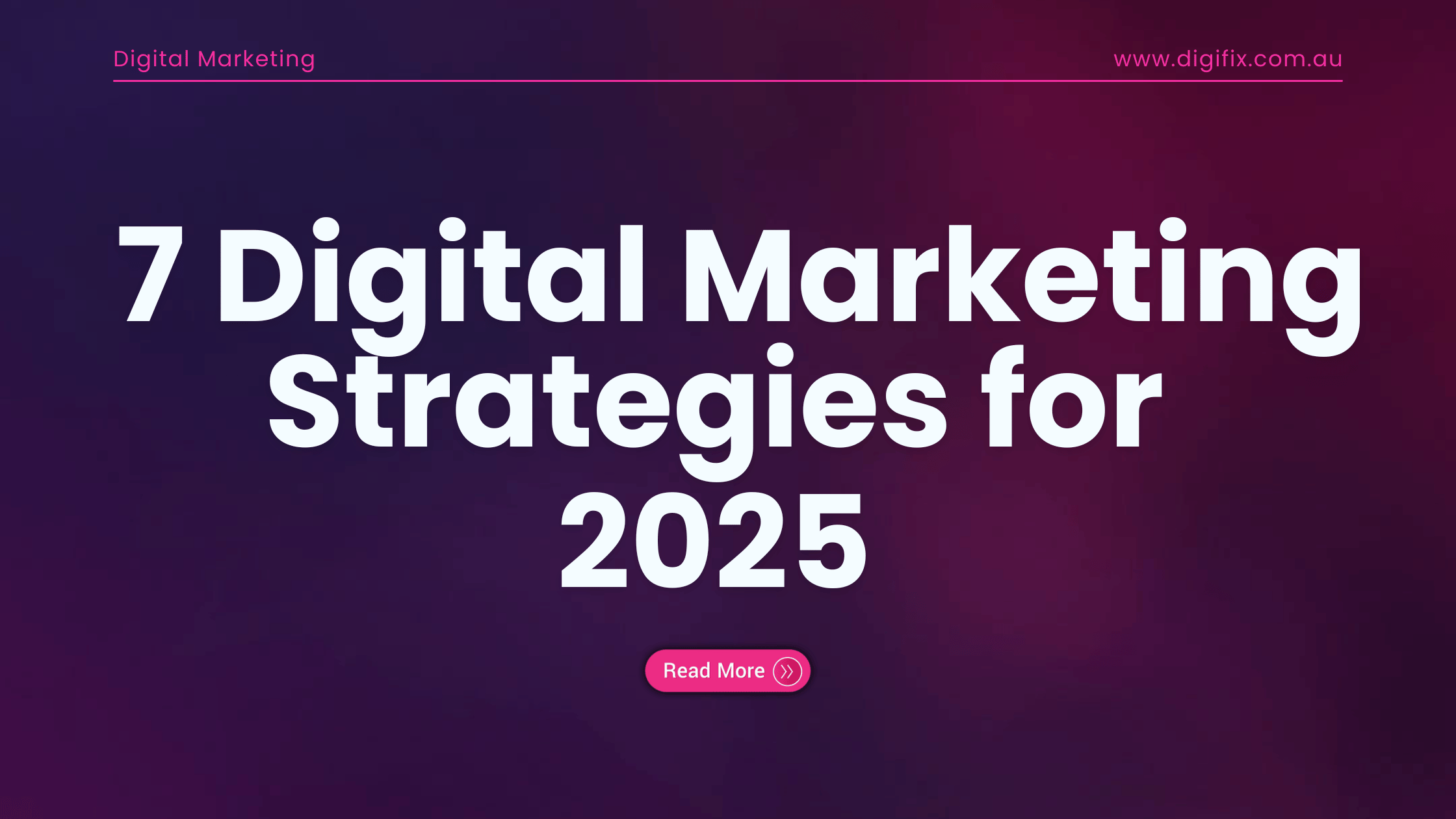
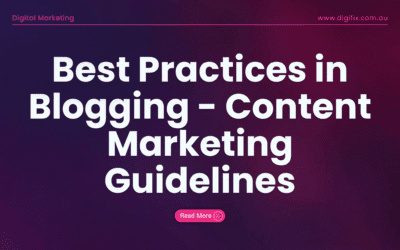
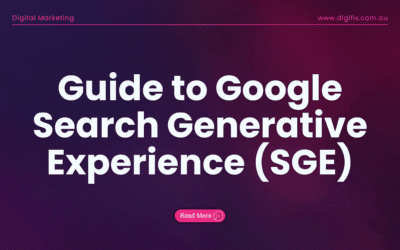
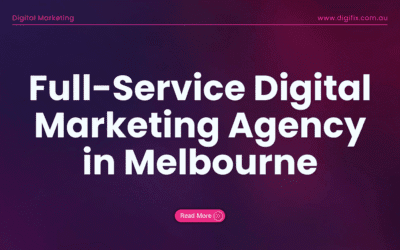
0 Comments